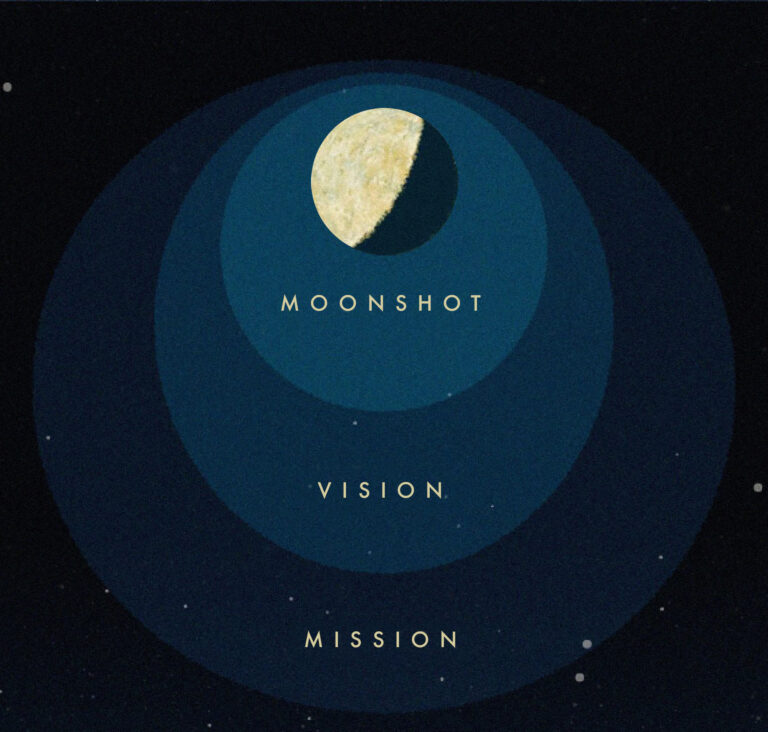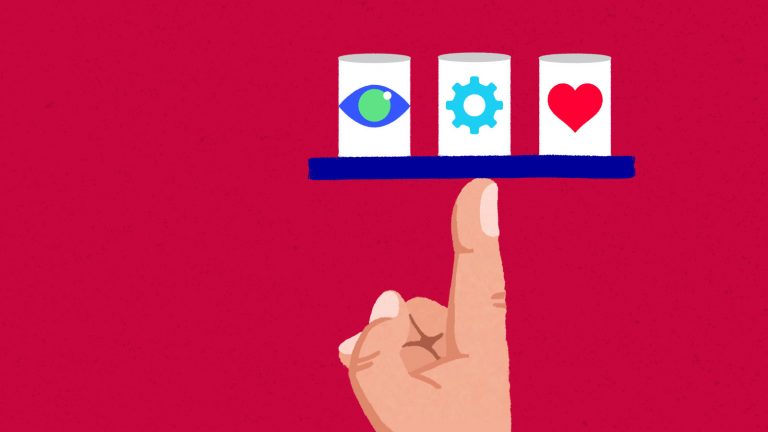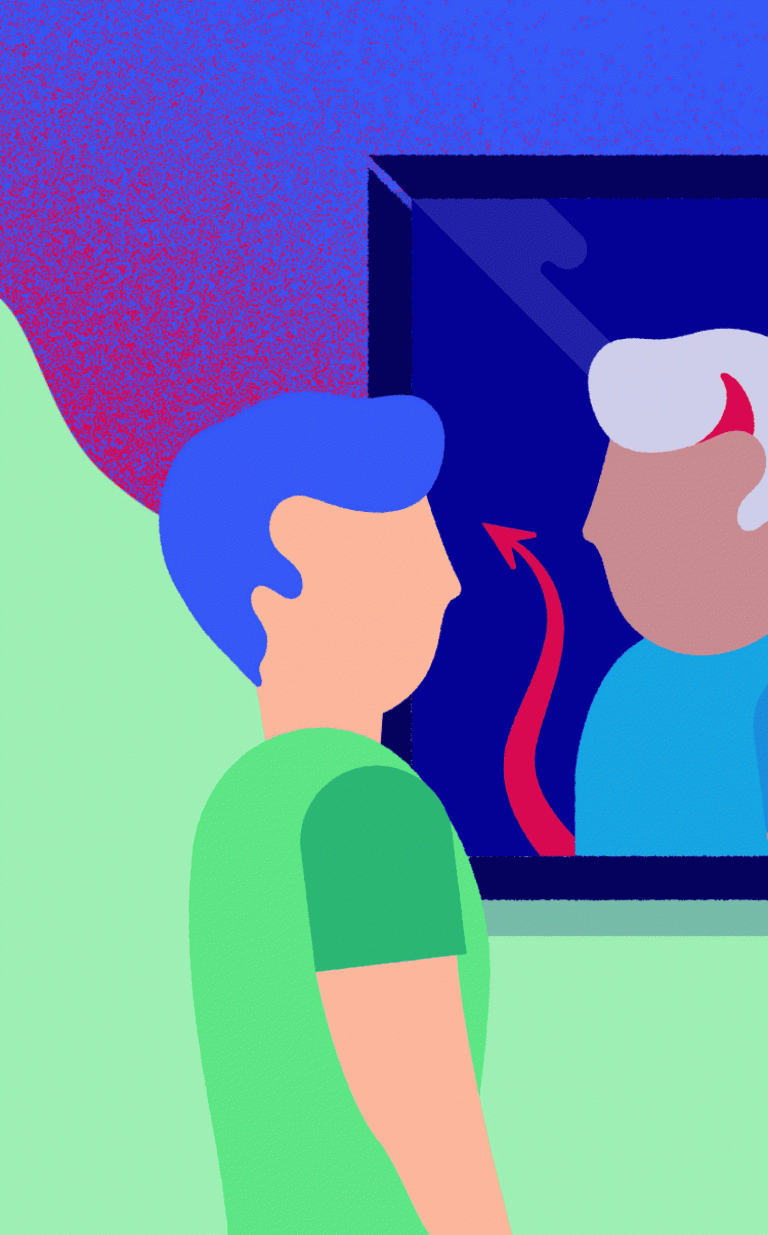Sometimes I feel like an outsider. Like education is something that is the domain of others.
I’ve completed my tertiary education, my twenty-year high school reunion was years ago now, and primary school, a distant memory.
I have to remind myself that education and learning isn’t just something that our clients and teacher friends do. As individuals, we are always learning and adapting through our own professional and personal lives.
We’re the students constantly learning new skills and knowledge to apply professionally; the workplace mentors and teachers; the parents reading with their littlies and teaching them how to solve problems, and weighing up secondary school options for kids at the pointy end of primary school.
The world has changed and viewing education as a life-stage is old-fashioned. Education and learning is—now more than ever—lifelong.
Has education kept-up with the pace of change in our lives? That’s harder to know for ‘outsiders’—or even those ‘insiders’ who are so embedded in the system that they can’t see the forest for the trees.
What’s going on?
Over the last few years we have focussed Alto on servicing the education and knowledge sector. We’ve immersed ourselves in the business of our clients’ through meeting with and talking to as many stakeholders, influencers and change-makers in and around the sector as possible. We’ve read and listened to anything we could get our hands (and ears) on.
Common themes keep emerging about the state of contemporary education and the future of work:
What is the purpose of education in the 21st century when we now carry the knowledge and history of the world in our pockets?
Is our current system—one that was designed in the industrial age—still fit-for-purpose?
What should we be teaching to prepare the citizens of the future, when the future is changing more quickly than ever before?
In short—how can we re-design education?
Tough ask. Where do you start? And whose responsibility is it to make the required changes?
Redesigning education: A wicked problem
Solving the big issues like democracy, hunger, environmental sustainability and education are known as wicked problems—huge, complex issues with so many angles and interdependencies that it seems impossible to solve them.
In truth, like all wicked problems, there is no single solution—no silver bullet—that will redesign education. It will take many different minds and ideas to start reshaping and evolving the education system of today, to meet the needs of tomorrow.
I’m the first to admit that as designers, strategists and communicators, it’s not our place—or our ambition—to redesign education. But we started wondering:
What part could we play in advancing the conversation? How can we connect people with knowledge?
What value could we bring and what could we learn along the way?
What if we could create a place for these voices and ideas to be heard, for these conversations to take place and be shared, to learn, to inspire and create opportunities for collaboration and innovation?
The idea for Change One Thing began to emerge.
A design thinking approach to problem solving
Framing the question
When you can do anything, often nothing gets done. We tend to procrastinate over minor, unimportant details. We are overwhelmed by the enormity of the problem and we don’t know where to start.
Conversely, working to limitations creates focus and forces prioritisation. Constraints can breed creativity.
It’s a common design technique to impose boundaries to reframe or view a problem from a different perspective. Not to restrict responses, but to force ourselves to think more creatively. When the barrier is higher, you have to work harder and smarter to get over it.
So, to elicit the most creative but focussed responses, we’re asking for just one thing that will have the most impact on changing education. Like pushing a single domino that sets off a chain reaction, or removing that one jenga brick that brings down a tower, we’re looking for ideas that have the potential for a much larger knock-on effect. We’re asking the question:
If you could change one thing today in education to make the most positive impact, what would it be?”
Is it a change to policy? Technology? Pedagogy? Access? Age? Assessment? Attitude? Expectations? None of the above? What should we learn? Relearn? Or unlearn?
By changing this one thing, what would the flow on effects be? What would changing this thing make it possible to do?
And, why does it matter to you?
It’s a deceptively simple question. It forces focus, clarity and a personal response. It could be small or large, possible or impossible. There’s no right or wrong, just different ways of exploring the problem and testing solutions in order to spark conversations and new ideas.
Co-designing the future of education
Innovation through cross pollination
We’re speaking to educators, change-makers and visionaries to get their view. From authors and policy advisors to education pioneers, innovative principals, futurists and social enterprises, we’re talking to a broad range of people across and around the education system for different perspectives and responses to one of our biggest challenges.
By collecting and sharing these different perspectives we’re creating the conditions for collaboration and cross pollination of ideas—an essential ingredient of innovation.
Why are we doing this?
Connecting people with knowledge.
We’re using our knowledge, networks, skills and experience to build a platform to facilitate the conversation around redesigning education for the benefit of everyone—ourselves included.
By talking to, and observing the challenges and opportunities through the lenses of our experts we gain a much deeper understanding of the sector and the challenges and opportunities that lie ahead.
What value will it bring? What will the outcome be?
Right now we don’t know, we’ve just started. And that’s the exciting part.
In the spirit of starting-by-starting, we’ve designed, prototyped and launched an idea. We’re currently building the runway while we’re taking off, and we’ll be testing and refining along the way.
At the very least Change One Thing could be a regular reminder in your inbox that people are doing more than just wringing their hands about the future of education, but actually making change.
Our hope is that it will keep you engaged and informed. That it will spark ideas and connect people. That you will be inspired to make something happen—something that just might change one thing, and has the potential to change everything.
We encourage you to participate, give us feedback, to share.






